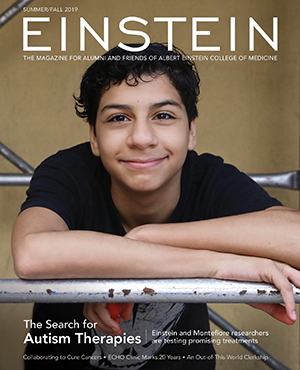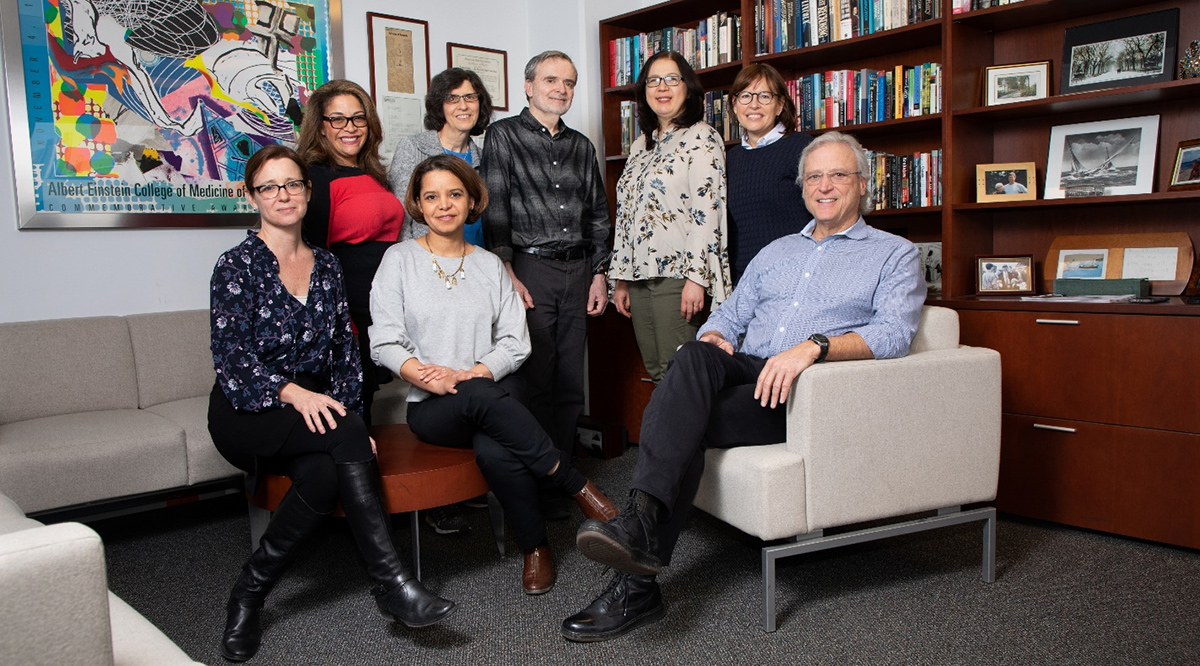
“The Search for Autism Therapies” by Gary Goldenberg
Albert Einstein College of Medicine
“The Search for Autism Therapies,” the cover story of Einstein magazine’s Summer/Fall 2019 issue, looks at several promising treatment approaches for alleviating this complex and increasingly common disorder. In 2007, an estimated 1 in 150 children had a diagnosis of autism spectrum disorder (ASD). By 2018, the Centers for Disease Control and Prevention put that prevalence at a stunning 1 in 59. Unfortunately, no treatments exist for ASD’s core symptoms, which include difficulty with social interaction and communication and restricted interests.
This absence of treatments has driven desperate parents of children with ASD to try alternative therapies, some of them potentially dangerous. Our article, “The Search for Autism Therapies,” highlights the work of Einstein researchers and clinicians at the forefront of efforts to evaluate novel treatments for ASD.
“Carlos Rodriguez of the Bronx seemed like a healthy, happy baby. But as his first birthday approached, he began to scream and cry at the slightest provocation. His ‘twos’ were particularly terrible. While his peers were learning to talk, Carlos...”

What was the most impactful part of your award-winning entry?
The human-interest angle brought our article to life. The story featured Carlos Rodriguez, a 14-year-old Bronx boy, who had enrolled in two of the clinical trials described.
What is one thing you learned from this experience?
We learned that ASDs are far more resistant to treatment than we had ever imagined. We fear it may take many years to develop a therapy that can ameliorate something so basic as a person’s difficulty interacting socially with others.
What challenge did you overcome?
The article discussed therapies that were all premised on a single accepted cause of ASD: overexcitation of the brain’s neural circuits. The challenge was describing how each therapy—in its own unique way—addresses this underlying cause of ASD.
What was the biggest challenge in writing about this topic?
All the treatments discussed in this article can potentially regulate behavior by normalizing the overexcitation of the brain’s neural circuits observed in people with ASD. The biggest challenge was finding clearly understandable language to explain how each treatment works.
Contact
Susan Byrne, susan.byrne@einsteinmed.org